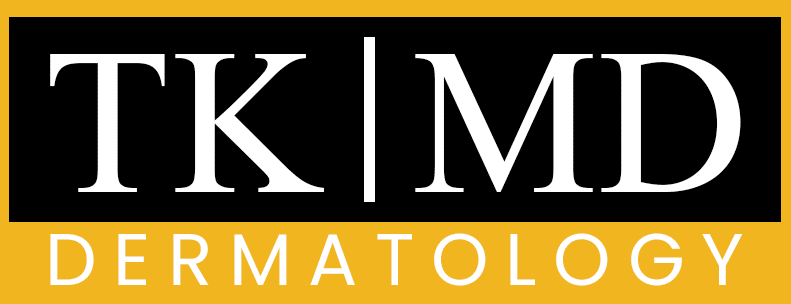
What is Mohs Surgery?
Mohs surgery, also known as Mohs micrographic surgery, is a specialized technique used to treat skin cancer, particularly basal cell carcinoma (BCC) and squamous cell carcinoma (SCC). It is a precise and effective way to remove skin cancer while minimizing the removal of healthy tissue.
During Mohs surgery, a thin layer of tissue is removed from the cancerous area and examined under a microscope to determine if any cancer cells remain. If cancer cells are still present, another layer of tissue is removed and examined, and the process is repeated until all of the cancerous tissue has been removed. This allows the surgeon to precisely remove only the cancerous tissue while leaving as much healthy tissue intact as possible.
Mohs surgery is typically performed as an outpatient procedure and is done under local anesthesia. After the surgery, the tissue that was removed is usually repaired with sutures or a skin graft.
Mohs surgery is highly effective, with a cure rate of up to 99% for some types of skin cancer. It is often used when the cancer is located in a sensitive area, such as the face, or when other treatments have not been successful.
If you have skin cancer or are at high risk for skin cancer, it’s important to discuss all of your treatment options with a qualified healthcare provider.
What Types of Skin Cancer can be Treated by Mohs Surgery?
Mohs surgery is primarily used to treat two types of skin cancer: basal cell carcinoma (BCC) and squamous cell carcinoma (SCC). These two types of skin cancer account for the majority of all skin cancers and are commonly found on sun-exposed areas of the body, such as the face, neck, and arms.
BCCs are the most common type of skin cancer and grow slowly. They rarely spread to other parts of the body, but can cause significant damage to surrounding tissue if left untreated.
SCCs can spread to other parts of the body, especially if they are not detected and treated early. They are more aggressive than BCCs and have a greater risk of recurrence.
Mohs surgery is a highly effective way to treat these two types of skin cancer, with cure rates of up to 99% in some cases. It is often used when the cancer is located in a sensitive area, such as the face, or when other treatments have not been successful.
If you have skin cancer or are at high risk for skin cancer, it’s important to discuss all of your treatment options with a qualified healthcare provider.
Mohs surgery offers several benefits for the treatment of skin cancer, including:
- Precise removal of cancerous tissue: Mohs surgery allows the surgeon to precisely remove only the cancerous tissue while leaving as much healthy tissue intact as possible. This helps minimize scarring and preserves normal function and appearance of the affected area.
High cure rate: Mohs surgery has a high cure rate, especially for basal cell carcinoma (BCC) and squamous cell carcinoma (SCC), the two most common types of skin cancer. In some cases, the cure rate can be as high as 99%.
Minimizes the need for reconstructive surgery: Because Mohs surgery precisely removes only the cancerous tissue, it often minimizes the need for reconstructive surgery to repair the affected area. This can reduce the overall treatment time and recovery period.
Reduced risk of recurrence: Mohs surgery helps to ensure that all of the cancerous tissue is removed, reducing the risk of recurrence.
Effective treatment for difficult-to-treat areas: Mohs surgery is often used when the cancer is located in a sensitive area, such as the face, or when other treatments have not been successful. It can be an effective treatment option for skin cancers that are large, have irregular borders, or have recurred after previous treatment.


